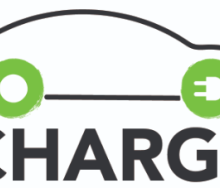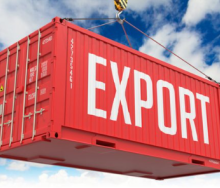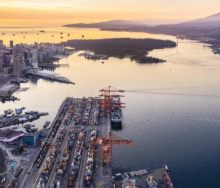If it was April the first you could be forgiven for questioning the veracity of this story, but it’s no April Fool’s joke. The first flying electric boats – which offer a combination of long range and high speed – have just been delivered in New York.
The Swedish-made Candela C-7 electric speedboat mimics airoplanes to fly above the water, reducing friction and finally enabling long electric range at sea.
Making fast electric boats is inherently difficult, says Gustav Hasselskog, the founder and CEO of Candela.
“To overcome the water friction, conventional hulls need huge batteries to attain higher speeds - and then, conventional electric boats have considerably shorter range than fossil fuel competitors.”
Taking inspiration from fighter jets and drones, the six-passenger Swedish-made Candela C-7 flies above the waves at a speed of 30 knots, using very little power from its 40-kWh battery.
“The secret behind its efficiency is a decade-old invention, the hydrofoil, coupled to modern computers, software and sensors,” says Hasselskog.
At speeds above 14 knots, two underwater wings provide enough lift to raise the hull above the water, reducing water friction by 80%.
“This allows for a range of 50 nautical miles at 22 knots, which is three times longer than any other fast electric boat on the market,” he adds.
While flying, the C-7 is stabilised by a computer similar to the flight controllers used in modern fighter jets. The hydrofoils are automatically adjusted 100 times per second to ensure stability in flight.
The result is an artificially smooth and completely silent drive, even in winds and waves, he says.
“And thanks to the efficiency of the foils and the streamlined electric propulsion unit, the cost of operating a C-7 is 95% lower than driving a conventional fossil fuel boat. At a cruising speed of 20 knots, the energy usage per nautical mile is just 0.8 kWh - the equivalent of 0.2 litres of gasoline
“Flying above the waves in total silence is a far better experience than bumping around in a conventional boat. Once you have experienced electric hydrofoiling, it's hard to go back to fossil fuel boats,” says Hasselskog.













